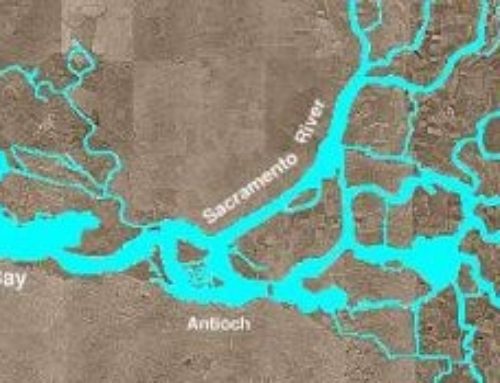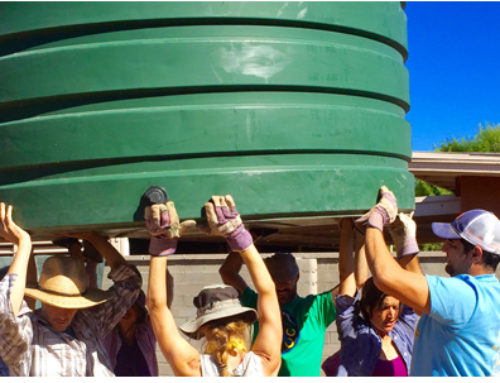-
Did you know that there are a number of water delivery systems in California? The California State Water project is the nation’s largest state-built water and power development and conveyance system. Each year DWR determines the allocations for users of this project. Things are looking up from last year’s initial allotment.
(From DWR) The California State Water Project is a water storage and delivery system of reservoirs, aqueducts, powerplants and pumping plants. Its main purpose is to store water and distribute it to 29 urban and agricultural water suppliers in Northern California, the San Francisco Bay Area, the San Joaquin Valley, the Central Coast, and Southern California. Of the contracted water supply, 70 percent goes to urban users and 30 percent goes to agricultural users.
The Project includes 34 storage facilities, reservoirs and lakes; 20 pumping plants; 4 pumping-generating plants; 5 hydroelectric power plants; and about 701 miles of open canals and pipelines. The Project provides supplemental water to approximately 25 million Californians (two-thirds of California’s population) and about 750,000 acres of irrigated farmland. It is maintained and operated by the California Department of Water Resources.The Project is also operated to improve water quality in the Delta, control Feather River flood waters, provide recreation, and enhance fish and wildlife.
DWR Announces Initial Allocation for 2011 Submitted by Lisa Lien-Mager on Mon, 11/22/2010

The Department of Water Resources announced today an initial allocation of 25% of requested deliveries to State Water Project contractors next year.
DWR Director Mark Cowin said the initial allocation is a conservative estimate that will be adjusted as hydrologic conditions unfold this winter. The allocation is based on precipitation to date and carryover storage in the State Water Project’s key reservoirs.
If average precipitation continues over the course of the winter, the final allocation will likely be raised to 60% of requested amounts, which would be one of the highest allocations in recent years, Cowin said.
The 25% initial allocation for 2011 is an improvement over last year’s initial projection of just 5%, which was the lowest in history of SWP. Conditions improved over the winter, however, and SWP contractors ended up receiving a final allocation of 50% for 2010.
Cowin said statewide precipitation to date stands at 165% of average. October precipitation alone was 250% of average. Storage in Lake Oroville, the SWP’s principal reservoir, is currently 47% of capacity, or about 77% of average for the date.
Last year at this time, Oroville stood at just 32% of capacity, or 52% of average for the date.
Though the precipitation season has gotten off to a promising start, Cowin noted that the state is experiencing a strong La Nina, which could mean a shift to drier conditions later in the water year.






